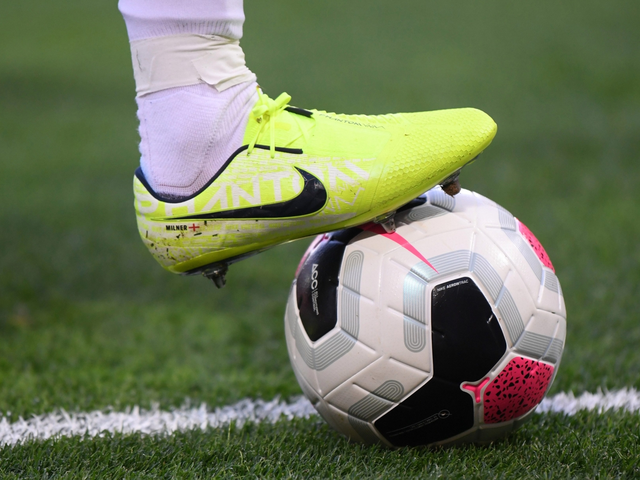Understanding the Basics of Soccer and Football Cleats
Before we dive into whether we can use soccer cleats to play football, it's important to understand the basics. Both soccer and football require specific types of footwear, designed to enhance the player's performance on the field. Soccer cleats typically have a low-cut design and are made lightweight for speed. On the other hand, football cleats are designed with ankle support and are generally heavier, which provides the necessary traction for power and stability. While these differences seem minute, they can significantly impact a player's performance during a match.
Details of Soccer Cleats Construction
Soccer cleats are specifically designed for the fast-paced nature of soccer matches. They feature a low-cut design to allow for maximum mobility. The upper part of the shoe is made from a lightweight material, usually synthetic, for speed and agility. The studs or cleats are usually molded onto the shoe and cannot be removed or replaced. Soccer cleats also lack a toe stud, which is common in football cleats. This design is intended to make it easier for players to control and kick the ball.
Specifics of Football Cleats Design
Football cleats, in contrast, have a more robust design to cater to the physical nature of football. They are typically heavier than soccer cleats and feature a mid-cut or high-cut design to provide more ankle support. The upper part of the shoe is made from more durable materials like leather or high-quality synthetics. The cleats have either detachable or molded studs, and a toe cleat is usually present for extra traction during forward movement.
Differences in the Field Surface and Cleats Requirement
The type of field surface also plays a significant role in the choice of cleat type. Soccer is usually played on a fairly even grassy surface, requiring short, conical studs for quick release speed. Football, however, can be played on a variety of surfaces, from grass to artificial turf, hence the need for different cleat types. Football cleats often have longer, pointed studs for better grip and traction, especially useful during scrums and tackles.
Performance Implications of Using Soccer Cleats for Football
Using soccer cleats for football may not yield the best results, primarily due to the differences in design, structure, and the purpose they serve. Soccer cleats might not provide the support that your ankles need during the high-impact nature of football. The lack of a toe stud might also affect your ability to drive forward during plays. Furthermore, the lightweight construction of soccer cleats might not withstand the intense physical contact common in football games.
Safety Concerns When Using Soccer Cleats for Football
Beyond performance, there are also safety concerns to consider. Soccer cleats lack the necessary ankle support required in football, increasing the risk of ankle injuries. The absence of a toe cleat in soccer shoes can also lead to slipping during forward movements, causing potential injuries. Therefore, while it's possible to use soccer cleats for a game of football, it is not advisable due to safety reasons.
Regulations on Cleats in Football Games
Most organized football leagues have specific rules and regulations regarding the type of cleats players can wear. Before deciding to use soccer cleats in a football game, it's important to check with the league's rules. Some leagues might not permit the use of soccer cleats on the football field due to safety reasons. Always remember that the aim is to enjoy the game and remain safe while doing so.
Conclusion: Can You Use Soccer Cleats for Football?
In conclusion, while there's technically nothing stopping you from using soccer cleats to play football, it's generally not advisable. The differences in design, construction, and the specific requirements of each sport mean that using soccer cleats for football can impact your performance and potentially increase your risk of injury. Always opt for the right equipment for the sport you're playing. Not only will it enhance your performance, but it will also keep you safe on the field.




Write a comment